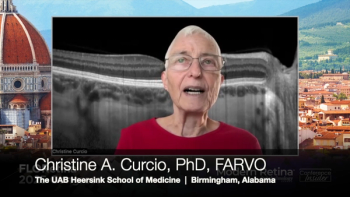
Bevacizumab successfully treats ROP
According to a presentation at the All India Ophthalmological Society meeting, when used appropriately, bevacizumab can produce remarkable results in children with severe retinopathy of prematurity (ROP).
According to a presentation at the All India Ophthalmological Society meeting, when used appropriately, bevacizumab can produce remarkable results in children with severe retinopathy of prematurity (ROP).
Alay Banker presented results from 14 eyes of nine infants with severe ROP who had been given one injection of 0.75 mg of bevacizumab. The mean birth weight was 1,133 g and the mean gestation period was 29.2 weeks. They were treated at a mean age of 2.3 months and follow-up ranged from between three and 12 months. Eight eyes had previously undergone laser treatment and six eyes received bevacizumab as first-line treatment.
All eyes fully recovered, with rubeosis disappearing within two days of treatment. No eyes required repeat treatment or experienced complications. Dr Banker explained that the timing of the treatment is crucial as later phases of ROP have higher VEGF levels than those of early-stage patients.
Dr Banker also said that, in theory, a selective-VEGF blocker such as pegaptanib might be preferable to pan-VEGF blockers, and that studies should be conducted to evaluate this further.
Dr Banker concluded that bevacizumab may offer a good first-line treatment as it is relatively inexpensive and many Indian facilities do not have access to laser or cryotherapy treatment options.
Newsletter
Get the essential updates shaping the future of pharma manufacturing and compliance—subscribe today to Pharmaceutical Technology and never miss a breakthrough.







































